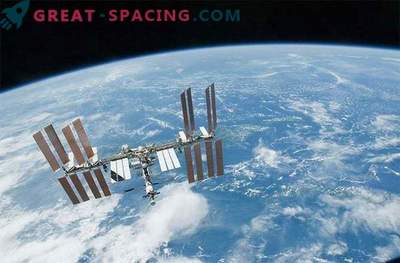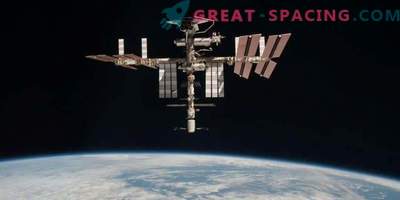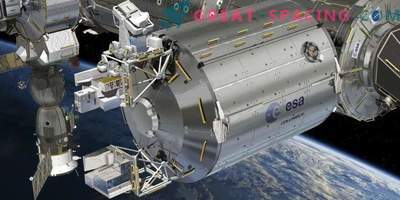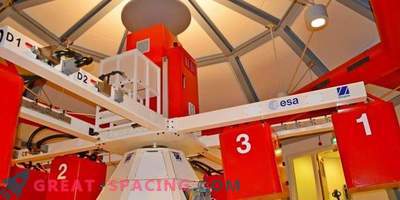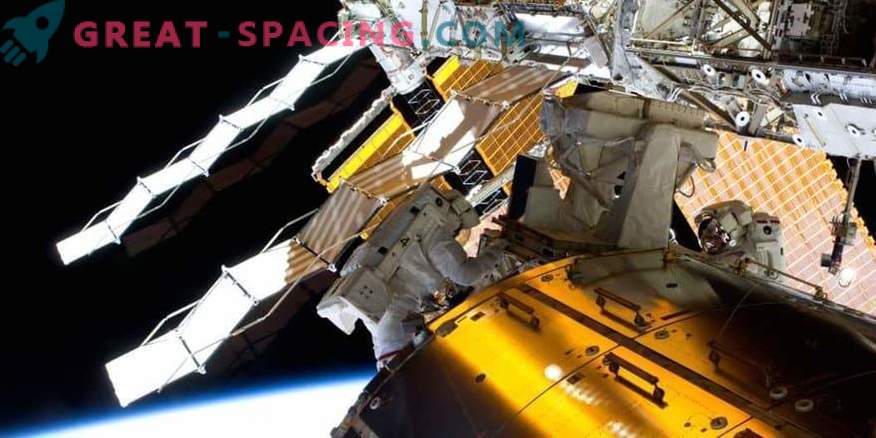
At an altitude of 400 km above our heads is located the orbital outpost of mankind - the International Space Station (ISS). She flies around our planet in 90 minutes.
In the picture (partially to the right below) you can see the first permanent research object - the Columbus module, delivered 10 years ago. It is home to a huge number of microgravity experiments related to fluid physics, life science, and many others.
Photo taken in 2009. Then NASA astronauts John Olivas and Nicole Scott removed the exposure mechanism attached outside of Columbus. He was taken to Earth for analysis. The study of space requires a number of experiments that have to be carried out under cosmic conditions, noting the effects of vacuum, the UV rays of the sun, and extreme temperature cycles.
Various microorganisms were used as experimental subjects to determine the limits of life. Bacteria, seeds, algae and lichens, which endured various conditions for months and returned to the planet healthy, took part. Exobiological analyzes are important because they make it possible to understand whether living organisms can survive in space or in a strange world under adverse conditions. To do this, in the experiment, Expose used special compartments to recreate the Martian atmosphere, filtering sunlight and controlling pressure.
Exobiology also underlies the ExoMars program, which in 2020 plans to send the rover to the Red Planet to study the surface and find signs of life. Columbus also has an SOLAR solar monitoring observatory. This tool has expanded the knowledge of how the sun is in contact with the earth’s atmosphere.
In the future, it is planned to place an ASIM atmosphere and space monitor outside the module. There is also an idea to create a new ACES experiment, where atomic clocks are used to study Einstein's fundamental theory, which cannot be tested in earth laboratories.
